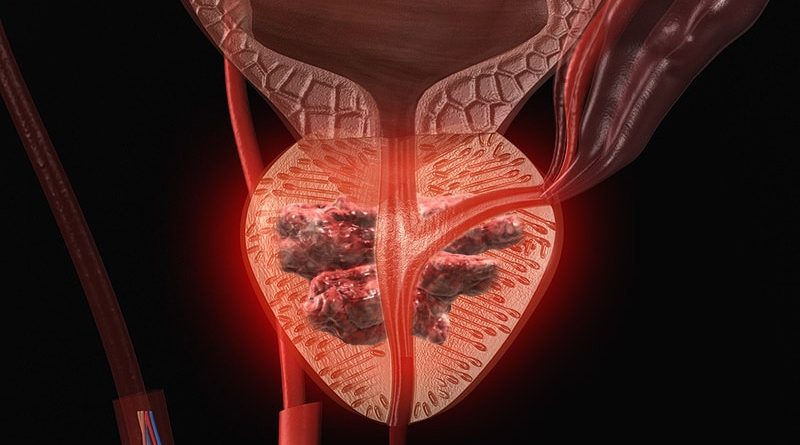The Risk of Second Primary Cancer After Prostate Radiotherapy
Men with localized prostate cancer that is treated with radiotherapy have a small but statistically elevated risk for a second primary cancer compared with peers who do not undergo radiotherapy, a large retrospective study has found.
The rate of developing a second primary cancer was 3.7% in the radiotherapy cohort, vs 2.5% in the nonradiotherapy cohort.
This difference is “quite low” and “should not deter physicians from encouraging their patients to pursue radiotherapy as a curative treatment for prostate cancer,” lead author Hilary Bagshaw, MD, Department of Radiation Oncology, Stanford University and Cancer Institute, Palo Alto, California, told Medscape Medical News.
The study was published online July 28 in JAMA Network Open.
Prostate radiotherapy exposes surrounding areas, including the bladder and rectum, to high doses of radiation, but findings from studies of the risk of developing a second primary cancer in these organs often conflict.
To clarify the risk, Bagshaw and colleagues retrospectively identified 143,886 men treated for localized stage T1-T3 prostate cancer from 2000 to 2015, using the Veterans Affairs (VA) Corporate Data Warehouse.
Within this study period, “our findings are more applicable to patients treated for prostate cancer today, as opposed to older studies when patients were treated with now-outdated radiation techniques,” Bagshaw noted.
In all, 37% of the men received primary radiotherapy, and 63% did not.
A total of 4257 men (3.0%) developed a second primary cancer more than 1 year after prostate cancer diagnosis, including 1955 men (3.7%) who underwent radiotherapy and 2302 (2.5%) who did not.
On multivariable analyses, men who underwent radiotherapy had a 24% higher risk for a second primary cancer in the 5 years following their prostate cancer diagnosis.
This risk increased after the 5-year mark. Men who underwent radiotherapy had a 50% greater risk for a second primary cancer 5 to 10 years after diagnosis, a 59% greater risk at 10 to 15 years, and a 47% higher risk 15 to 20 years out.
The four most common types of second primary cancer were leukemia, lymphoma, bladder cancer, and rectal cancer.
The analysis provides a “modern update to the existing body of literature regarding the potential long-term adverse effects of prostate-directed radiation therapy,” said David Byun, MD, Department of Radiation Oncology, NYU Langone Perlmutter Cancer Center in New York, who wasn’t involved in the study.
Overall, “there is an extremely rare but non-zero risk for second primary cancer years to decades following radiation therapy,” said Byun, adding that “prostate-directed radiation therapy continues to be a safe and outstanding noninvasive treatment option for many patients.”
Byun cautioned that retrospective cohort studies must be interpreted with caution, given the potential for selection bias. The VA cohort may not, for instance, be the most representative of the general population, as reflected by the higher than usual rates of bladder cancer in both groups, he noted.
Another limitation is the lack of insight into the types of radiotherapy administered at the VA during the study period, Byun said.
How many underwent intensity-modulated/image-guided radiation delivery techniques and highly targeted treatment options, such as brachytherapy or stereotactic body radiotherapy? Is it possible that more than the expected number of patients underwent whole-pelvic radiotherapy or less conformal techniques?
“These critical questions that may help us better interpret the data cannot be resolved, given the lack of data on VA treatment patterns,” Byun said.
The study had no specific funding. Bagshaw and Byun have reported no relevant financial relationships.
JAMA Netw Open. Published online July 28, 2022. Full text
For more news, follow Medscape on Facebook, Twitter, Instagram, and YouTube.
Source: Read Full Article



